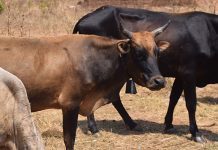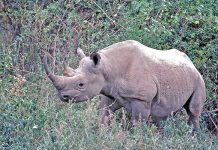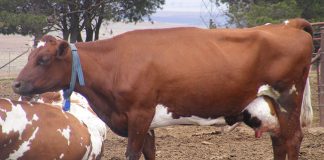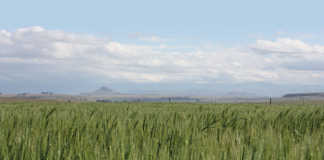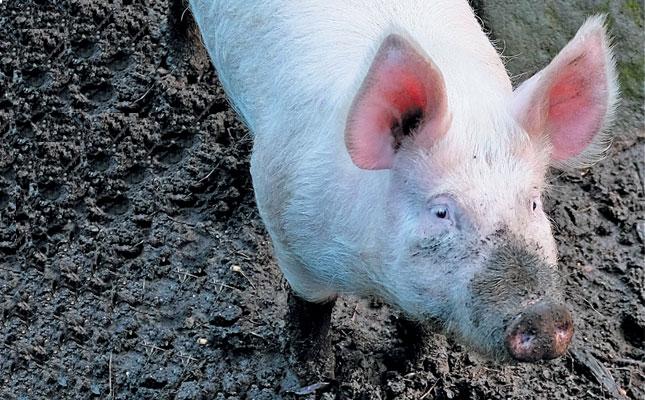
Since its outbreak in the northern parts of Zambia in April 2017, African swine fever has resulted in the culling of more than 20 000 pigs.
The outbreak started in Chinsali, and has since spread to four other districts, namely Chama, Isoka, Shiwang’andu and Mpika.
The Minister of Livestock and Fisheries in the country, Michael Katambo, said in a news report that the Zambian government had thus far spent over two million kwachas (roughly R2,5 million) in an attempt to maintain the disease, and that strict quarantine measures had been implemented, as well as a ban on pork trade.
READ Investing in animal welfare pays off for German piggery
He said the disease was a devastating blow to the agriculture industry and food security in the country, and that government loans would be made available to help affected farmers resume production as soon as possible after the eradication of the disease.
Dr Dorothea Mostert, a veterinarian at CS Vet, a veterinary consultancy, said it was particularly difficult to prevent and manage African swine fever in Zambia, as the virus was endemic to the country, which resulted in sporadic outbreaks.
The large population of free-range pigs and informal trade also increased the risks of an outbreak, and made it difficult to control the virus once an outbreak occurred.
READ What is African Swine Fever?
Almost all the affected villages in Zambia farmed pigs using traditional free-range management systems, with animals of all ages showing clinical signs.
According to a report issued by the World Organisation for Animal Health, the current outbreak was a result of the illegal movement of pigs and pork products.
There was currently no vaccine or cure for the virus, which usually resulted in the death of all infected animals.
The standard operating procedure during an outbreak was therefore to cull infected animals, as well as implementing quarantine to prevent the disease spreading.
“Strict biosecurity is needed to prevent the virus from spreading to commercial piggeries, which would include the use of strong enclosures that would be able to keep affected animals, as well as warthogs and soft ticks, which are natural reservoirs of the virus, out. [Furthermore], strict access, a very high standard of hygiene and not feeding pigs swill or any feed that might contain the virus [may also contain the disease],” Mostert said.





